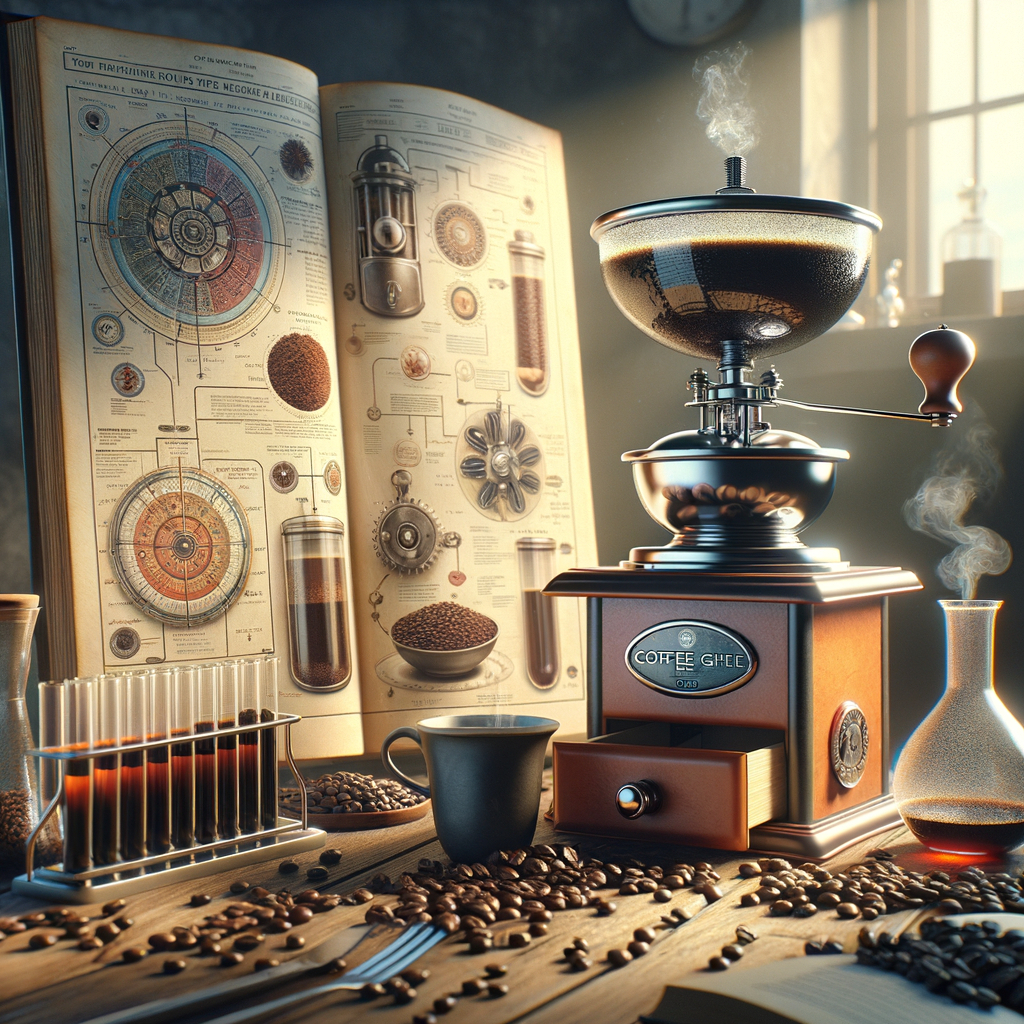Physical Address
304 North Cardinal St.
Dorchester Center, MA 02124
Physical Address
304 North Cardinal St.
Dorchester Center, MA 02124

For many people, brewing a cup of coffee is more than just a morning routine; it’s an art, a science, and a passion. The process of transforming raw beans into a delicious brew involves several steps that require precision and patience. This article will explore the art and science behind coffee brewing.
Coffee is a complex beverage with over 800 compounds contributing to its taste, aroma, and body. These compounds include carbohydrates, lipids, amino acids, minerals, and various types of acids. The process of roasting coffee beans triggers chemical reactions that produce these compounds.
One critical reaction is the Maillard reaction – a chemical interaction between amino acids and reducing sugars that gives browned food (including coffee) its distinctive flavour. Another important reaction is caramelisation where sugar breaks down and forms volatile compounds that contribute to the aroma of coffee.
The roasting process is where green coffee beans are transformed into the dark brown beans we all know. Roasters use high temperatures (around 200°C to 230°C) to trigger the chemical reactions necessary for developing flavour profiles in the beans.
Different levels of roasting – light, medium, dark – result in different flavours. Light roasts preserve more original bean flavours but can be acidic. Dark roasts have stronger, bolder flavours due to caramelisation but might lose some original bean characteristics.
After roasting comes brewing – another critical step where water extracts the flavours from ground coffee beans. There are several methods for this including pour-over, French press, espresso machine among others. Each method provides different results in terms of strength, texture and flavour.
For example, the espresso method forces hot water through tightly packed coffee grounds at high pressure. This results in a concentrated, full-bodied brew with a layer of crema on top. On the other hand, the French press method involves steeping coffee grounds in hot water for several minutes before pressing down to separate the brew from the grounds. This results in a more robust and earthy flavour compared to other methods.
The grind size and water temperature are also crucial factors that affect the extraction process. A finer grind exposes more surface area to water, allowing for quicker extraction of flavours. However, if the grind is too fine, it can lead to over-extraction which results in bitter taste.
On the contrary, a coarse grind slows down extraction but can lead to under-extraction if not brewed long enough. The ideal water temperature for most brewing methods is between 90°C to 96°C. Too hot or too cold water can negatively impact extraction and alter the taste of your brew.
Freshness is key when it comes to coffee beans. Once roasted, coffee beans start losing their flavour due to oxidation – a chemical reaction with oxygen that degrades aromatic compounds in coffee. To slow down this process and preserve freshness as much as possible, it’s best to store your beans in an airtight container away from light and heat.
Last but not least is tasting – an art form itself where you appreciate the nuances of different flavours in your cup of coffee. From fruity notes to chocolatey undertones, every sip is an adventure waiting to be discovered by your palate.
In summary, brewing coffee involves both art and science – understanding its chemistry, mastering the roasting process, choosing the right brewing method, adjusting grind size and water temperature, preserving freshness and appreciating its diverse flavours. So next time you brew your cup of coffee, remember that it’s not just a beverage; it’s an experience crafted by both art and science.